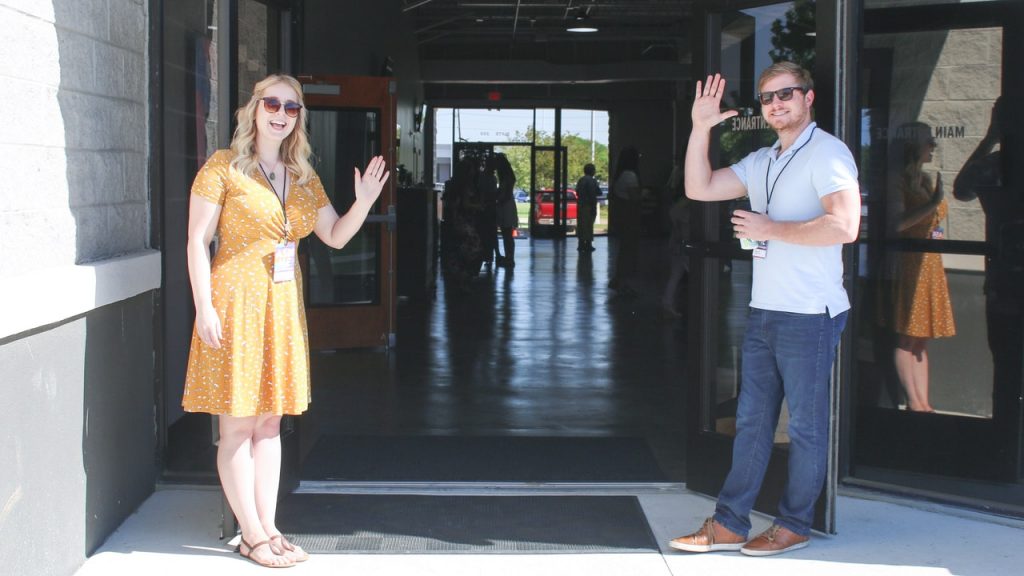Subsequent to the publication of The RRSP Book, I asked Preet Banerjee if he would be willing to share with us some details of his next project. He recently mentioned that he is working on a charitable giving handbook. The electronic version of the handbook will be available free for download and all proceeds from the hardcopy version will go to cancer research. Preet contributes 2% of his practice’s net revenues to cancer research and his handbook is an effort to encourage Canadians to give more to their favourite charities. Here’s an excerpt from the book:
There are many ways to give to charity in Canada, but most are not well known. The Charitable Remainder Trust is one such strategy. The premise is actually quite simple. You can think of it as a guaranteed promise to give an asset to charity when you die in exchange for the ability to claim a donation for tax purposes now. There is another benefit to you as well in that you are entitled to receive the income generated by that property during your lifetime. Of course, there are some details to be aware of since it is a bit more complicated to set up than just writing an “IOU”! 🙂
How Does It Work
You need to set up an inter-vivos trust and donate property irrevocably to that trust. (An inter-vivos trust is basically just a trust that is set up during your lifetime as opposed to a testamentary trust, which is created upon your death.) You are entitled to receive the investment income (i.e. interest and dividends from stocks and bonds, or rental income if you are donating real property, etc.) as long as you live. If you are donating real property, you can enjoy use of the asset while you are alive. Upon your death, the beneficiary (the charity) will then receive the assets to do with as they please.
Once the assets are donated to the trust, you receive a donation receipt, which is equal to the present value of the assets. Note that this is different from the Fair Market Value at the time of transfer. Rather it is an actuarial calculation based on the future value of the asset as estimated by your life expectancy, a discount rate, etc. To make a long story short, if you donate property with a market value of $500,000 you may get a receipt for $400,000 just as an example.
Why Would You Do This?
This strategy really only works if you know you won’t need to sell the investments you intend to transfer to the trust to support your retirement and can live comfortably on the income generated by them. It is also popular with those who have no beneficiaries to leave their estate to. But most importantly, it is used as a means to avoid wasting charitable tax credits upon your death.
In Canada, you are normally only allowed to claim a charitable donation of up to 75% of your net income for the year. One exception to this rule is at death when any charitable donations made at death can be claimed up to 100% of your net income on your terminal return and additionally for up to 100% of your net income on the return of the year prior to death. That means if you earned $25,000 the year before you died and your terminal income was $75,000 (i.e. winding up of your RRIF) you could only claim a donation of $100,000 spread out over the last two years of your life. If your final bequest to charity is $500,000 then you will not be able to claim your entire donation for the purpose of generating tax credits. For an Ontarian, this would mean a tax savings of $185,640 thrown out the window!
By setting up a Charitable Remainder Trust, you will have effectively been able to spread the charitable donation tax credits more evenly throughout your life without wasting any terminal credits since you may claim a large donation amount in the year the trust was set up. The tax credits generated initially can be carried forward 5 years just as with any charitable tax credit. A qualified advisor will be able to determine if such a strategy is appropriate for you and will also be able to provide you with projections that can help determine how much of your estate would be prudent to transfer to a Charitable Remainder Trust (or how to gradually space out transfers to said trust for maximum tax reduction). A balance needs to found between retaining control of assets now (just in case) and avoiding the waste of tax credits that can be generated at death.
If you haven’t done so already, do check out Preet’s Where Does all my Money go? blog and subscribe to the blog feed.











